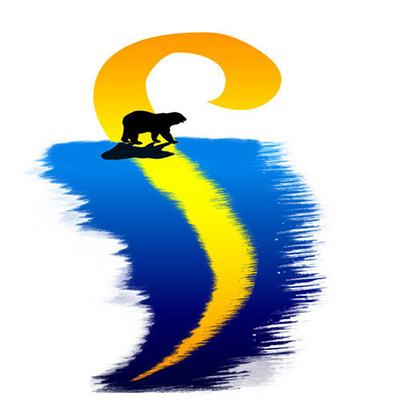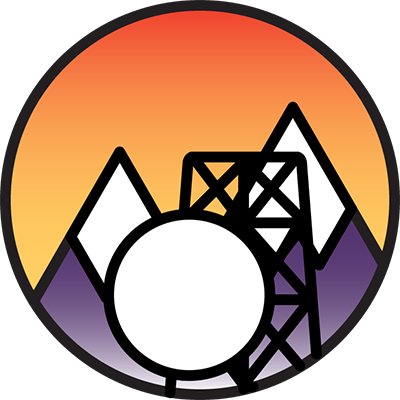Why Journalism?
What is journalism and why should I study it?
jour·nal·ism ˈjər-nə-ˌli-zəm
b: the public press
c: an academic study concerned with the collection and editing of news or the management of a news medium
-Merriam-Webster dictionary
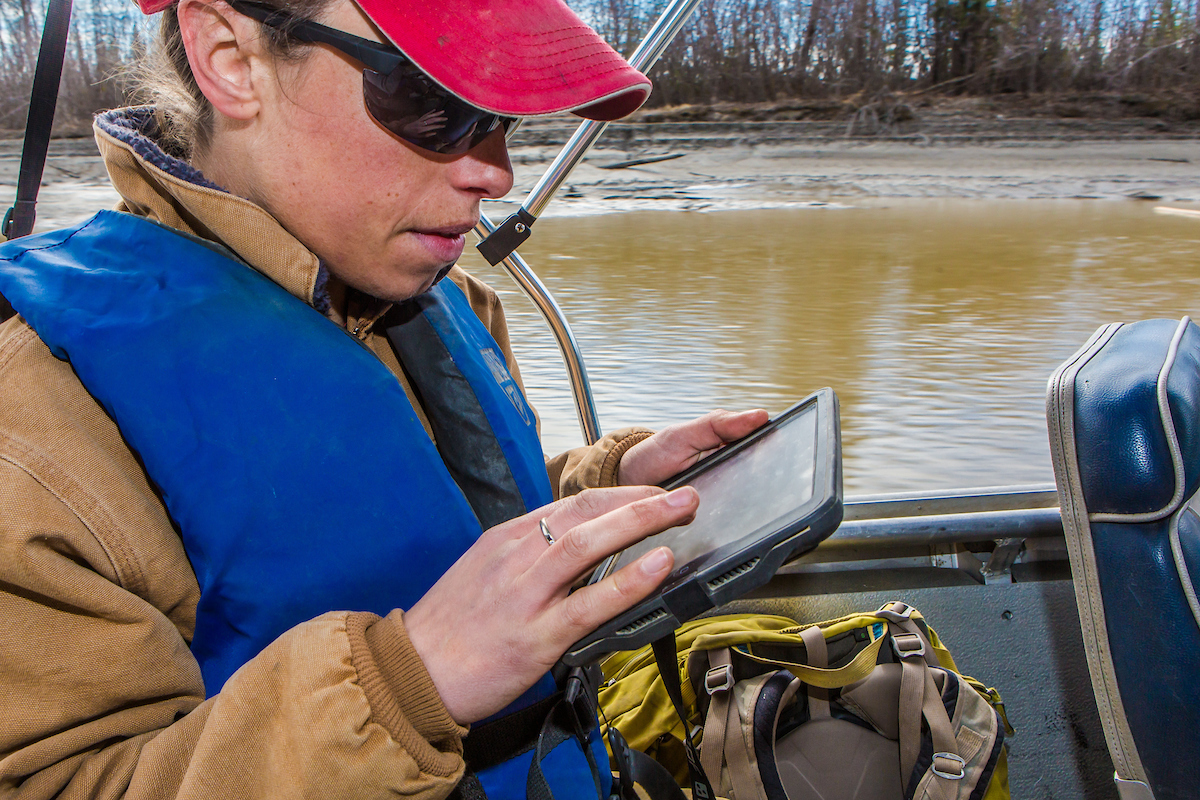
UAF Journalism is a hands-on program that equips students with the broad skill set and real-world experiences valued in today’s newsrooms. Students graduate prepared for a variety of careers in the growing field of science and environmental journalism.
What can you do with a degree in journalism?
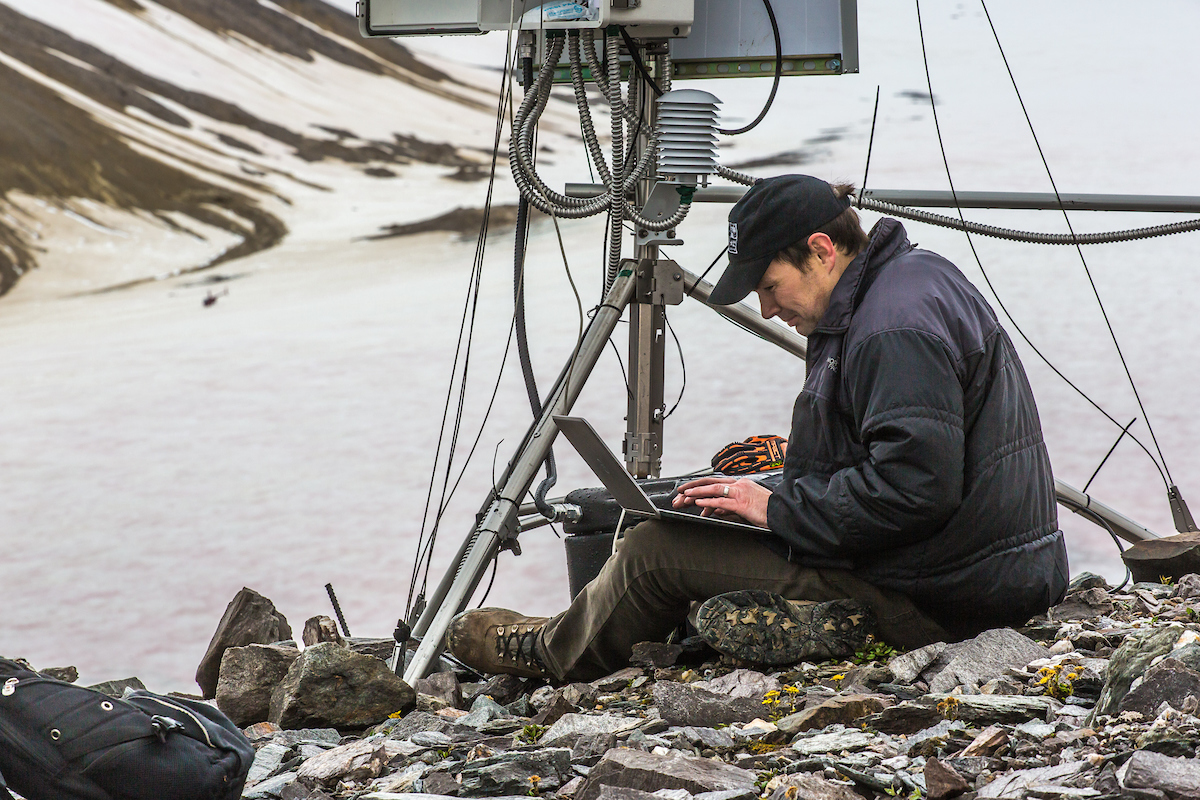
Some careers science and environmental journalism majors go on to pursue are...
... and more!
Journalism at the University of Alaska Fairbanks
Degrees Offered:
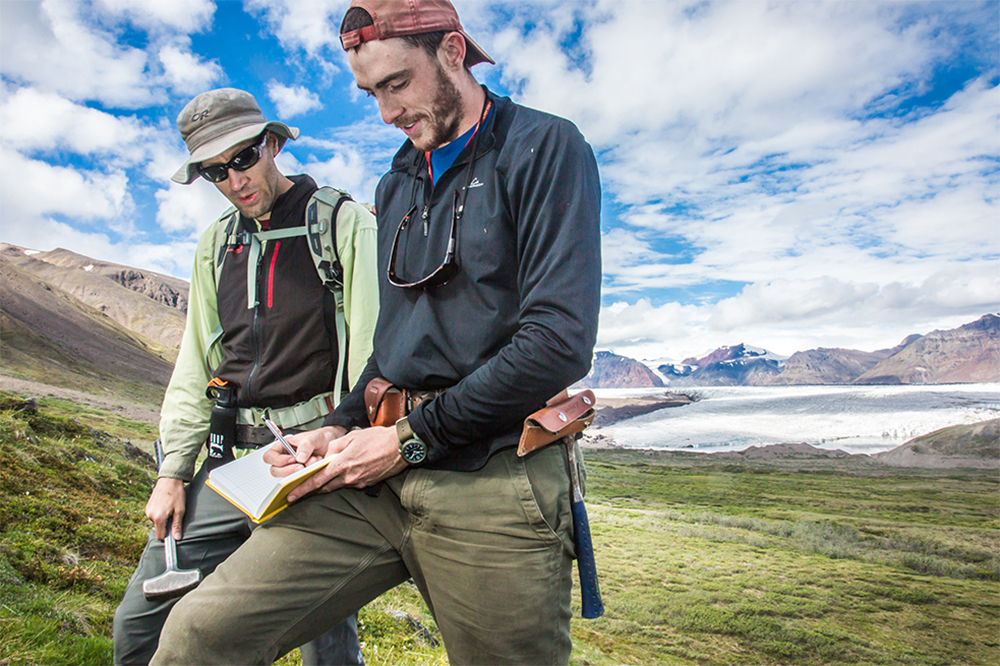
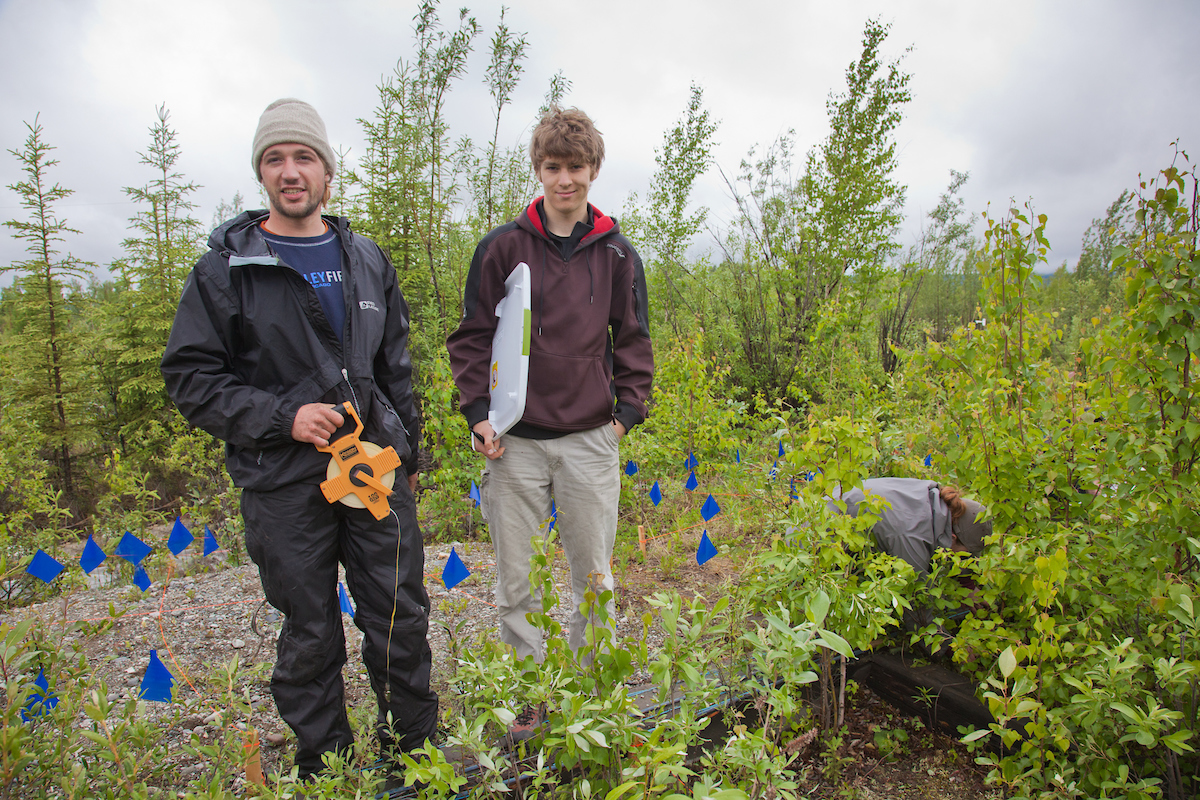
At UAF, our classrooms are newsrooms. We have several state-of-the-art facilities to help you develop your skills, including a multimedia lab, a digital photography lab, a digital audio production lab, two darkroom photography labs and a photography studio. Our cameras and editing facilities are better than those of many local news outlets.
Facilities
The department runs several laboratory facilities, including a digital newsroom and photography lab, dedicated audio and video bays, an advanced video editing/digital printing lab and a photography studio.
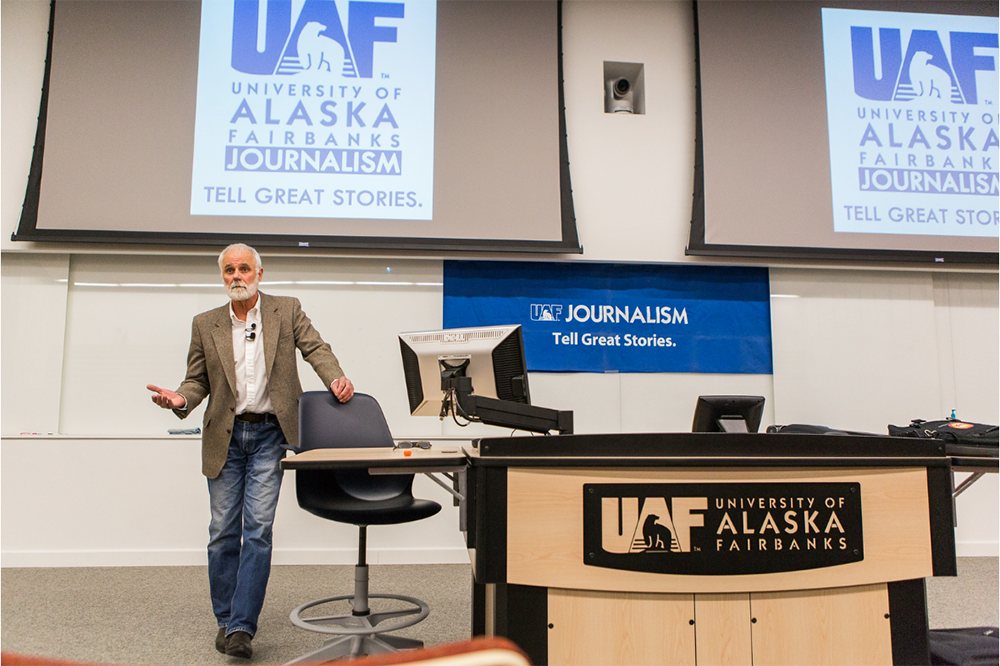
Our professors have years of experience in professional reporting, writing, photography, video and audio. Collaborate with faculty members who have worked for The New York Times, Newsweek, the Washington Post, public radio and local Fairbanks television stations.


